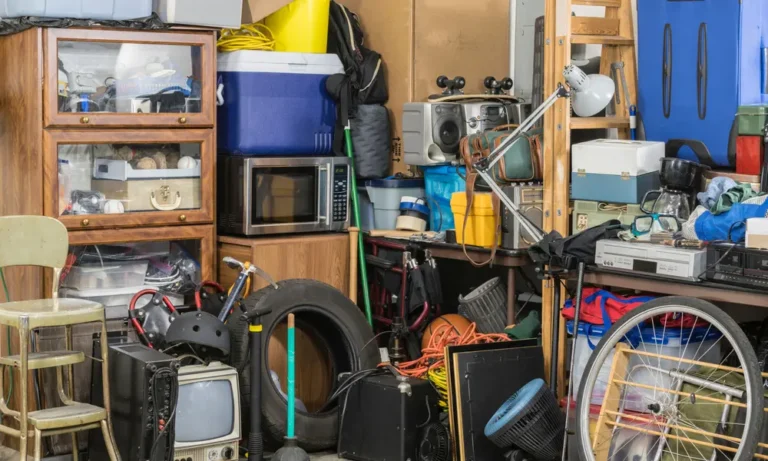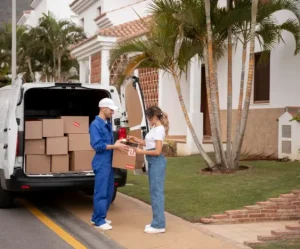What To Pack First When Moving can make all the difference in ensuring a smooth and stress-free relocation. Packing for a move can feel overwhelming, especially if it’s your first time. By knowing what to prioritize and creating a detailed packing list, you can keep your most valuable belongings safe and easily accessible.
Start early, follow a structured approach, and focus on essentials first. Using a moving checklist helps organize the process, reduces last-minute chaos, and makes settling into your new home easier. This strategy is especially helpful for anyone moving for the first time.
What to Do Before You Start Packing

Before packing, it’s important to plan. At Chamomile Go, we emphasize understanding how do I pack to move and preparing in advance to ensure a smoother, stress-free relocation. Start by decluttering this reduces the number of items to pack and makes unpacking easier in your new home. Keep what’s essential, donate or sell items in good condition, and discard anything broken or expired.
Gather Packing Supplies
Once you declutter, collect the packing materials needed to protect your items. These include:
- Boxes (various sizes)
- Packing tape
- Bubble wrap and packing peanuts
- Markers for labeling
- Soft items like towels or newspaper for padding
Free boxes can often be sourced from local stores or online marketplaces. Proper preparation ensures packing to move is organized and stress-free.
Create a Moving Checklist
A moving checklist is essential for staying organized, especially when using packing services Sherman Oaks. Include your moving date, booked movers, utility notifications, and packing schedule. For those moving for the first time, breaking tasks into smaller steps makes the process more manageable. Start by packing non-essentials like seasonal clothing or décor, saving daily-use items for last. Using packing services Sherman Oaks ensures nothing is forgotten and helps you stay on track throughout your move.
Start with Essentials
Your first box should be a necessities box, containing items you’ll need immediately after moving. This step is a key part of how to start packing to move. Include:
- Toiletries (toothbrush, toothpaste, soap)
- Medications (prescription and over-the-counter)
- Important documents (ID, passport, insurance)
- A few sets of clothes
- Chargers and essential electronics
- Basic kitchen items (mug, plate, utensils)
- Snacks and water
Having these essentials easily accessible helps you settle in quickly and reduces stress during the first few days.
Pack Valuables and Seasonal Items
Early in the packing process, focus on high-value and sentimental items such as jewelry, family keepsakes, and important legal documents. Use padded boxes and clearly label these items for safety.
Seasonal items, such as holiday decorations or out-of-season clothing, should also be packed early, since they aren’t needed immediately. Planning ahead ensures packing to move is efficient and organized.
Week-by-Week Packing Plan
If you have a month to prepare, a structured weekly plan works best:
Week 1: Pack Least-Used Items
Focus on storage areas like attics, basements, and spare rooms. Pack seasonal clothes, extra furniture, and tools.
Week 2: Pack Non-Essentials and Décor
Wrap home decorations, art, books, DVDs, and collectibles carefully. Use strong boxes and padding for fragile items.
Week 3: Pack Clothing and Linens
Pack off-season clothes, extra towels, and bedding. Keep a “capsule wardrobe” of essential clothing for the last two weeks.
Week 4: Pack Daily Essentials and Final Items
Focus on items you use daily, such as toiletries, medications, chargers, school or work supplies, and pet items. Pack your essentials box last so it’s ready for moving day.
Following this schedule helps answer how do I pack to move and keeps everything organized for those moving for the first time.
Tips for Staying Organized While Packing
Label Boxes Clearly
Mark each box with its room and contents. Color-coding is optional but helpful for easy unpacking.
Keep an Inventory List
Track what’s in each box using a notebook, spreadsheet, or smartphone app. This prevents items from getting lost and simplifies unpacking.
Pack a Little Each Day
Gradually packing reduces stress and ensures fragile items are handled carefully. This method also helps you pace yourself and stay organized while packing to move.
Final Thoughts
Whether it’s your first move or not, knowing how to start packing to move is crucial for a smooth relocation. Begin with essentials, pack valuables and seasonal items early, and save daily-use items for last.
At Chamomile Go, we understand the challenges of packing and moving, and our team is ready to help you pack to move efficiently and safely. Contact us today for professional support and make your move hassle-free.
FAQs
What Should I Pack First When Moving?
Start with items you don’t use regularly, such as seasonal items, décor, and non-essential kitchenware.
Should I Pack Clothes First When Moving?
Pack clothes you won’t need immediately, keeping a small capsule wardrobe for daily use.
When Should I Pack Fragile Items?
Pack fragile items early using bubble wrap, towels, or packing paper in sturdy, labeled boxes.
How Can I Organize My Packing When Moving?
Use a moving checklist, label boxes by room, and keep an inventory list to track everything.
What Should Be Packed Last When Moving?
Pack daily essentials last, including toiletries, medications, chargers, and a few clothing items in an essentials box.




